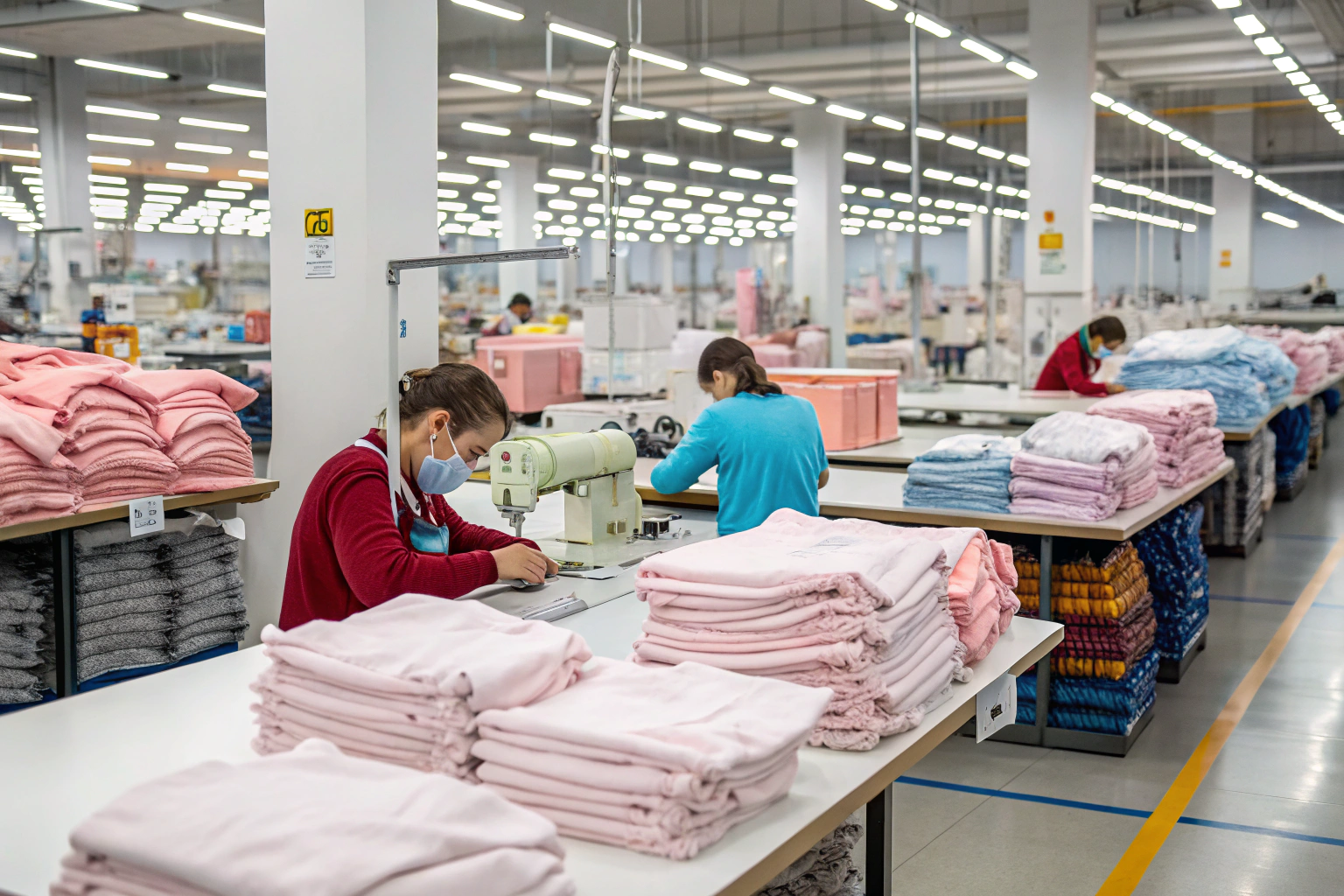Choosing the right manufacturer for kids’ clothing isn't just about fabric and stitching. It's about trust, quality, safety, and long-term success. In my decades of exporting children’s apparel to the U.S. and Europe, I've learned one truth—great kidswear brands are built on great manufacturers.
To find high quality kids clothing manufacturers, focus on suppliers with proven compliance, rich design capabilities, and efficient communication. This guide will walk you through the essential checkpoints, search methods, and red flags, ensuring you avoid costly mistakes and build a reliable supply chain for the long term.
Every brand owner wants to protect their margins, ensure product safety, and never miss a selling season. I’ll show you how to meet all three by asking the right questions at the start.
What Certifications Should a Kidswear Factory Have?
Safety is non-negotiable in children’s clothing, especially in the US and EU markets. Yet, many buyers get fooled by fake certificates or unclear standards.
A credible manufacturer must hold internationally recognized certifications like OEKO-TEX, BSCI, GOTS, and CPSIA compliance. These are not just badges—they’re gateways to accessing top-tier markets and avoiding customs issues.
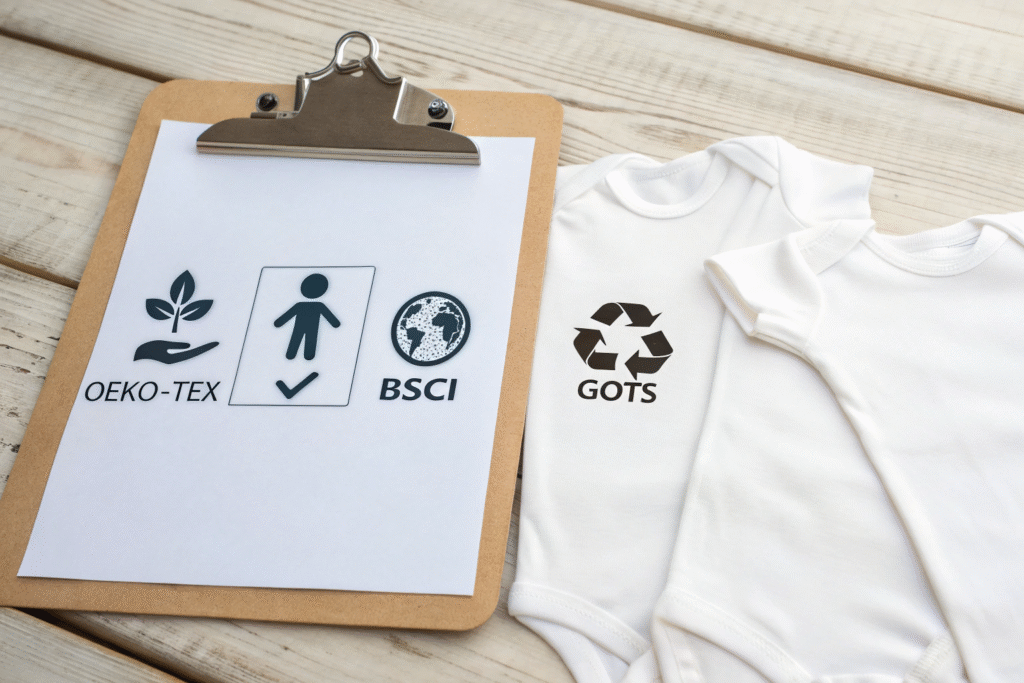
What Is the Role of OEKO-TEX in Kidswear Safety?
The OEKO-TEX® Standard 100 ensures the fabric is free from harmful chemicals, even in small parts like zippers or prints. For baby and toddler garments, this is essential. Always verify certificate numbers on the OEKO-TEX official site. Also, check if the factory renews it annually.
For example, we undergo OEKO-TEX and Intertek lab testing every year. This builds buyer confidence and allows smooth retail compliance, especially for major chains like Target or Zara Kids.
Why Is BSCI or Sedex Compliance Crucial?
Beyond product safety, social compliance matters. Factories with BSCI or Sedex audits follow labor laws, workplace safety rules, and environmental norms.
Retailers in Europe and the U.S. now demand these. Many platforms like Zalando or Amazon Europe won’t approve unverified suppliers. Make sure your manufacturer can provide recent audit reports with valid third-party logos.
How to Verify Manufacturing Capabilities Remotely?
You can’t fly to every factory. But that doesn’t mean you can’t inspect their capabilities. In fact, most premium buyers now conduct virtual evaluations.
Ask for real-time factory video calls, past production samples, and machine breakdowns. Avoid any supplier that hides behind stock photos or canned presentations.
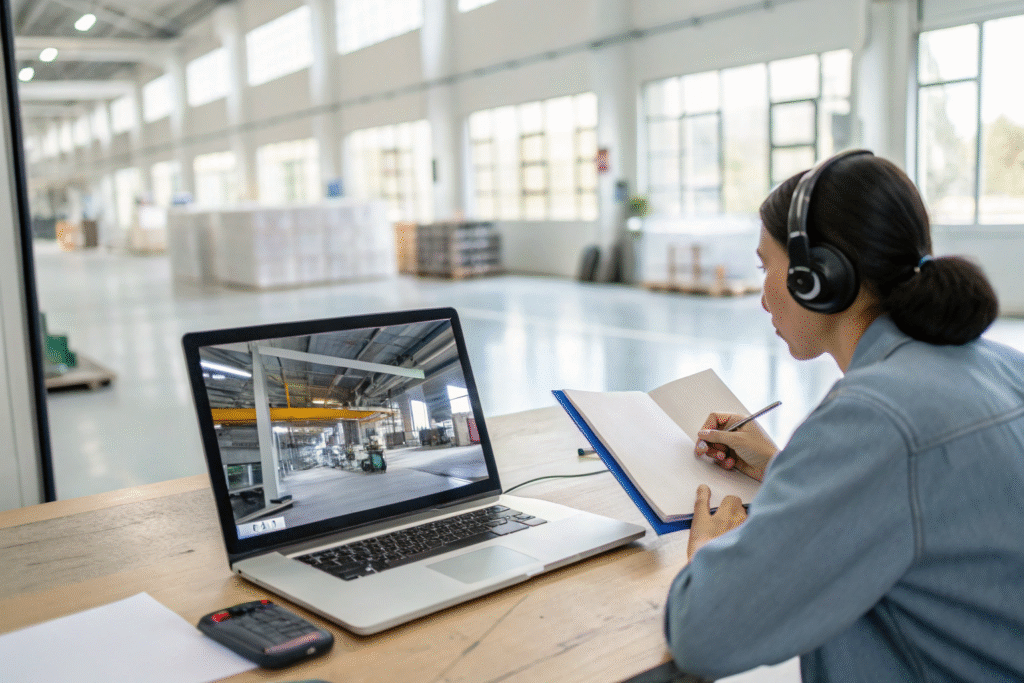
What Questions Should You Ask During a Factory Tour?
During a virtual factory tour, ask:
- Can I see the sewing lines for 2T–6T sizes?
- How many pieces per day can your 5 lines produce?
- What QC checkpoints do you use for stains, threads, or symmetry?
A professional supplier will walk you through sample rooms, show stitching close-ups, and even let you speak with their QC manager. We regularly conduct such sessions for our US clients using Zoom or Google Meet.
How Can Sample Orders Reflect True Quality?
Don’t just check fit and feel. Use samples to judge print accuracy, seam strength, colorfastness, and barcode labeling. A trustworthy manufacturer should welcome this scrutiny.
Also, request packaging samples with your logo. Check if their printing uses child-safe ink as per CPSIA standards.
Where to Search for Reliable Kids Clothing Factories?
The internet is full of options—but not all are equal. Smart sourcing uses a combination of online platforms and personal networks.
The best kids clothing manufacturers are often found on platforms like Alibaba, but verified via independent references, live calls, and sample evaluations. LinkedIn and global tradeshows also offer solid leads.
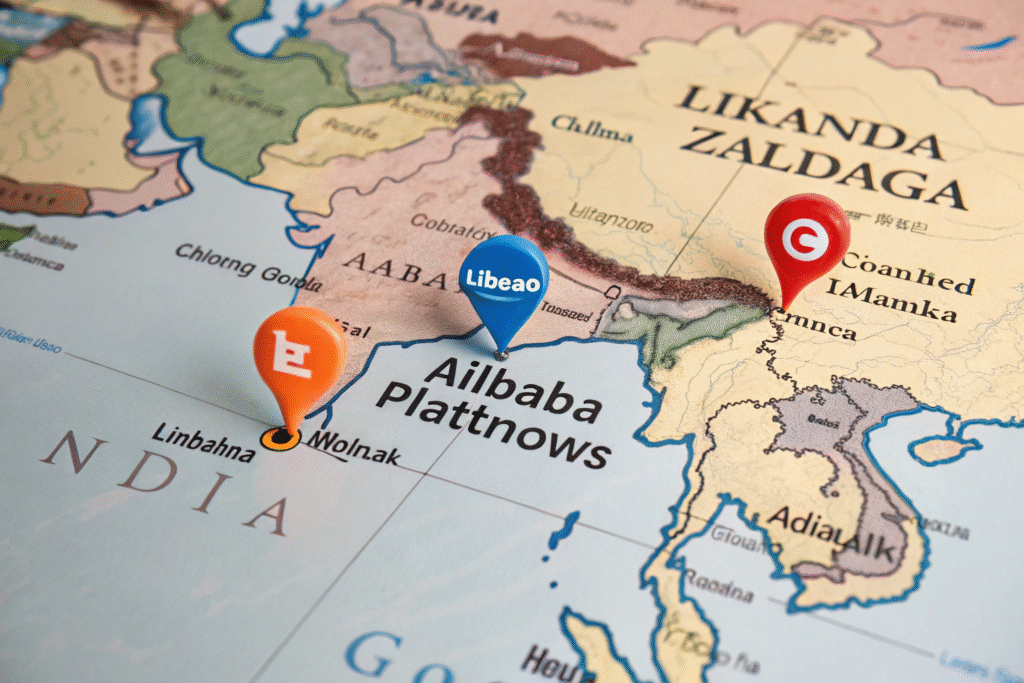
Are Alibaba and Similar Platforms Trustworthy?
Yes, but with caution. Use Trade Assurance and filter only “Verified Suppliers.” Look for:
- Factory videos (not just showroom footage)
- Certifications attached in PDF format
- Year established (preferably 5+ years)
We’ve had leads find us via Alibaba, and continue working with us after seeing our TrustPass Profile.
Which Global Trade Fairs Help Find Kidswear Suppliers?
Fairs like Canton Fair, MAGIC Las Vegas, and Playtime Paris are excellent.
You’ll meet manufacturers face-to-face, inspect fabrics, and ask sourcing-specific questions. Our own booth at Playtime Paris helped us meet several boutique buyers from the U.S. and Norway looking for organic toddler lines.
What Red Flags Should You Watch Out for?
Finding the right factory is only half the battle—avoiding the wrong ones is equally crucial. Even experienced buyers sometimes fall into traps.
Avoid any supplier that hesitates to share documentation, dodges video calls, or pressures you into fast deposits. Communication gaps, lack of audits, or missing compliance are all red flags.
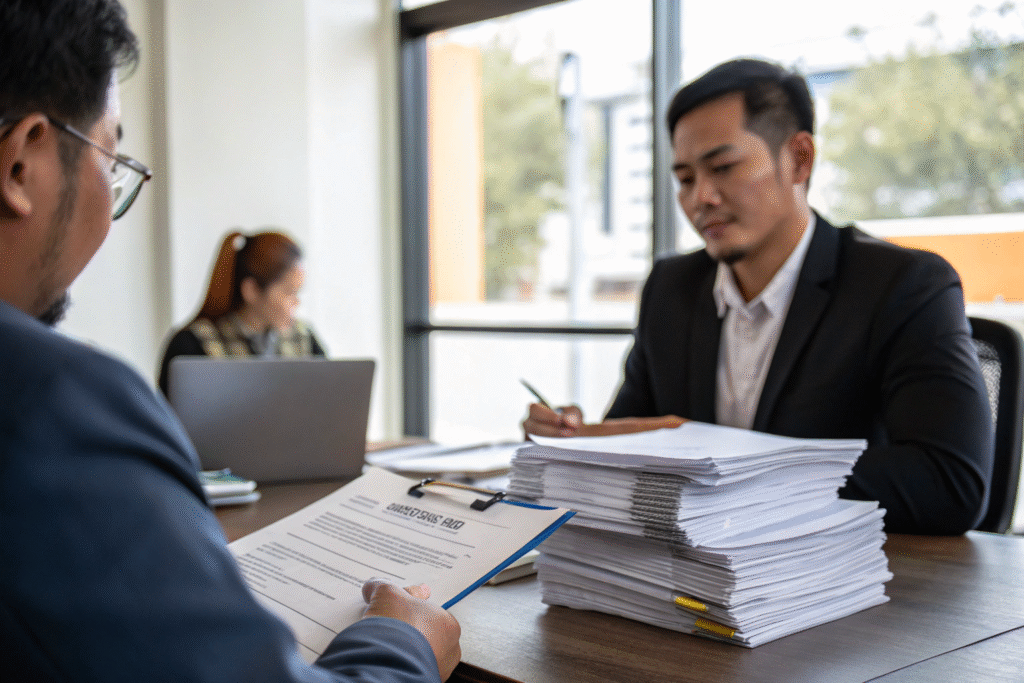
How Can You Spot Fake Certifications?
Cross-check every certificate on the issuing body’s site. For example:
- OEKO-TEX: enter certificate number on oeko-tex.com
- GOTS: verify via global-standard.org
- BSCI/Sedex: check if audit reports are issued by trusted firms like SGS or TÜV.
We’ve encountered buyers who came to us after being scammed by suppliers presenting expired or photoshopped ISO 9001 certs.
What Are Signs of Communication Inefficiency?
If your supplier takes days to reply, gives vague answers, or misinterprets specs, that’s a red flag. Also, beware of language barriers, overpromises, and poor sample follow-ups.
Use platforms like Slack or Notion to manage shared updates and avoid scattered communication.
Conclusion
Finding a high-quality kids clothing manufacturer is not just a sourcing decision—it’s a brand-defining move. Certifications like OEKO-TEX and GOTS protect your business legally. Virtual factory tours and smart sample reviews help you assess production capacity. Platforms like Alibaba and Playtime can offer leads, but your judgment filters the best. And red flags like fake audits or slow communication must never be ignored.
As a seasoned manufacturer, I believe transparency, responsiveness, and a proactive attitude make all the difference. Whether you're building your first collection or scaling up, the right partner can help your brand thrive in competitive markets like the U.S. and Europe.

